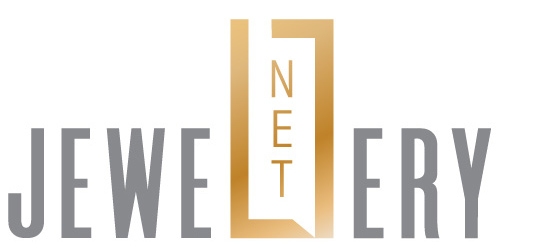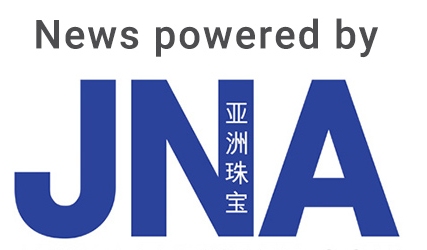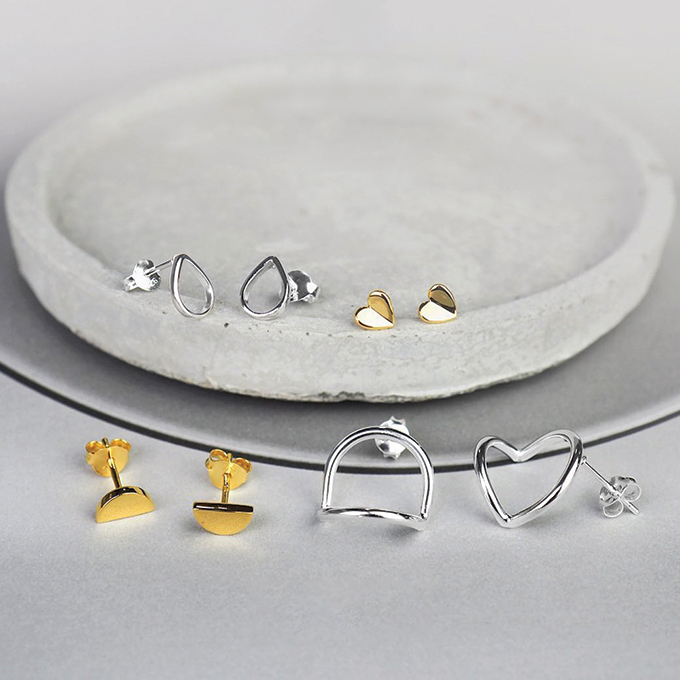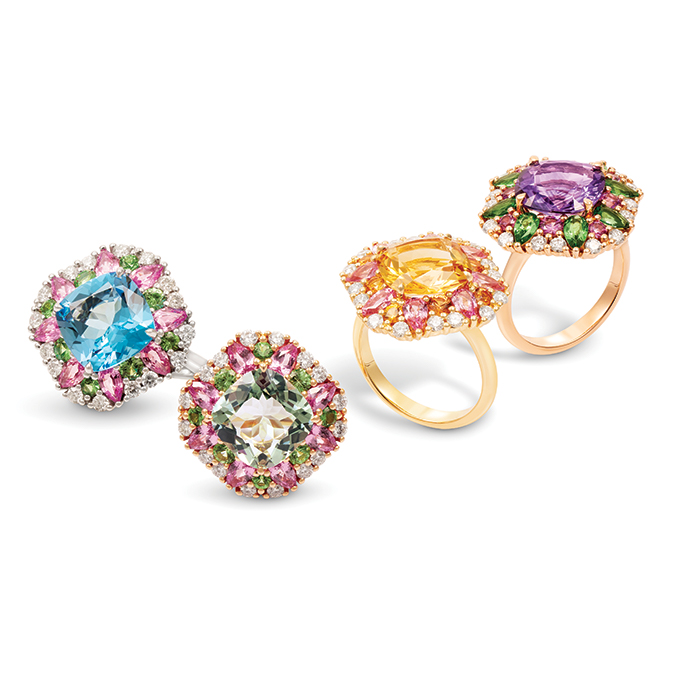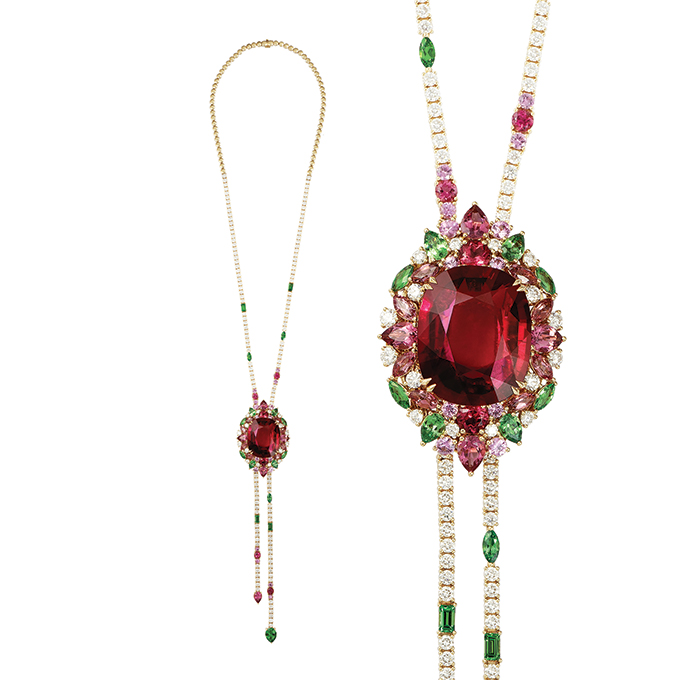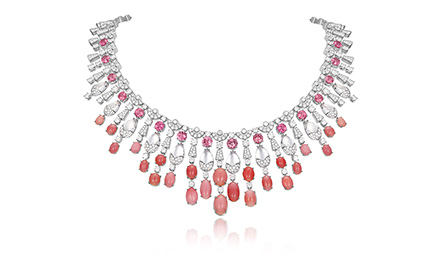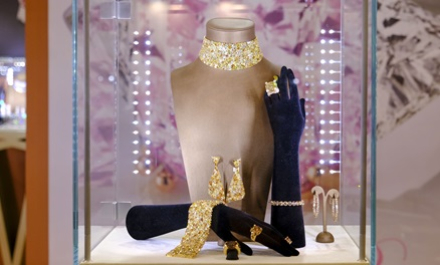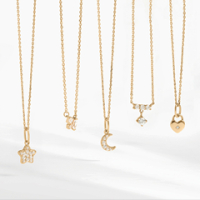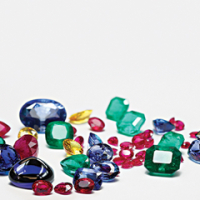Exhibiting great resilience amid challenging business conditions, Thailand is pulling out all the stops to further solidify its standing as a premier manufacturing centre in the gem and jewellery industry.
This article first appeared in the Thailand Special 2024.
Renowned for its manufacturing prowess, notably for coloured gemstones and silver jewellery, Thailand is sustaining its growth momentum by tapping new markets, adapting to changing business conditions and committing to innovation and sustainability.
In the first two months of 2024, the country’s total gem and jewellery exports recorded a year-on-year increase of 57.26 per cent, reaching US$3.03 billion, according to data from Global Trade Atlas compiled by the Gem & Jewelry Institute of Thailand (GIT). Jewellery exports accounted for 28 per cent of the total, rising by 13.88 per cent over 2023 to US$863.8 million. The value of coloured gemstone exports, on the other hand, increased by 20 per cent year on year to US$541.6 million.
This came on the heels of a strong showing for jewellery and coloured gemstones in 2023, which saw increases of 9.81 per cent and 70.47 per cent, respectively, in export values. Thailand’s overall exports of gems and jewellery, however, registered a slight dip of 2.83 per cent in 2023 to US$14.63 billion compared to 2022’s US$15 billion.
Exports of silver jewellery also dropped 6.63 per cent year on year in 2023 to US$1.62 billion. The US remained the top market for Thailand’s silver jewellery exports despite a 15 per cent year-on-year decline over 2022.
“Figures for early 2024 indicate signs of recovery. It is, however, imperative to observe how these trends unfold over time,” said Sidthisak Limvatanayingyong, president of the Thai Silver Exporters Association.
Growth markets
A major manufacturing centre for rubies and sapphires that once counted China among its top markets, Thailand is increasingly seeing its goods heading to emerging and alternative destinations.
China used to account for 35 per cent to 40 per cent of KO (Thai) Impex Co Ltd’s business. This has since shrunk to 20 per cent, according to its director Siddhant Garg. The company manufactures and wholesales rubies from Mozambique in commercial to good qualities, focusing primarily on calibrated sizes.
“The Chinese market for rubies was booming before and even during the pandemic. In the last two years though, the drop in demand has been substantial due mainly to hefty price increases, at times reaching over 50 per cent,” he explained.
Demand is now stronger from India, which has performed exceptionally well for the company in the past three years. Garg said his Indian clients have extremely specific sourcing requirements, favouring pink-red or red-pink rubies over extremely pink or extremely red ones. They also stick to their budget and predominantly purchase midrange goods.
India is also showing much promise for Thailand’s silver jewellery sector, with exports increasing steadily in the last three years. In 2023, this reached US$208.68 million, more than double the values achieved in 2022.
Limvatanayingyong said, “The Indian market currently requests for traditional Indian designs, most of which are derived from gold jewellery. There has however been a noticeable trend towards modern styles that cater to younger consumers.”
BHC Diamonds (Thai) Co Ltd, which specialises in small diamonds, is examining fresh possibilities, too. Its core markets are the US, Belgium, France, Germany and the UK, with demand driven by consumer preferences for high-quality gemstones in both traditional and contemporary jewellery designs. Thailand, Hong Kong, China, Vietnam and Australia likewise present significant opportunities due to rising affluence, changing consumer preferences and a growing demand for luxury goods.
Further growth though lies in emerging luxury markets, shared BHC Diamonds Managing Director Bhavesh Gandhi. These include countries in Latin America; Southeast Asian nations such as Indonesia, Vietnam and Singapore; and Middle Eastern economies, namely the United Arab Emirates, Saudi Arabia and Turkey, which are experiencing rapid urbanisation and a growing middle class.
“As disposable incomes rise and consumer preferences evolve, these markets present opportunities to tap into a growing demand for luxury goods, including natural diamonds,” Gandhi noted.
Brand targets
Changing market conditions have also led stakeholders in Thailand’s gem and jewellery industry to adjust their business strategies.
Veerasak Gems, widely known for its top-quality rubies from Myanmar and Mozambique, has been expanding its client base and widening its portfolio.
“Our reputation for supplying top-quality rubies stems from our ability to provide buyers with the rare gemstones they have been searching for in the market. We however offer the full range of stones, from midrange to high quality,” shared the company’s Chonlada Trirotanan. “Our Mozambique rubies are more high-end, but we also have a large variety of Burmese stones for clients to choose from.”
For its part, Sofragem Co Ltd, which produces finely crafted coloured gemstone jewellery, pivoted to jewellery brands early in the pandemic when retailers, its main clientele at the time, closed down.
“To survive, we quickly turned our attention to brands and were fortunate that some trusted us to develop their collections. Today, jewellery brands from Switzerland, the UK and the US are our primary customers, and business has been booming as they require consistent and steady production,” said General Manager Cedric Garnier.
This year, Sofragem’s jewellery pieces for its brand
clients mainly feature green and pink coloured gemstones such as emeralds, tsavorites, green tourmalines, pink sapphires and pink tourmalines.
According to Garnier, jewellery brands tend to favour Thailand-based manufacturers due to the ease of production in the country. He noted that Thailand boasts skilled craftsmen, experienced goldsmiths, access to fine coloured gemstones and diamonds, and professional full-service jewellery factories that handle several facets of production in-house.
“The country can also service the full spectrum of clients, from commercial, affordable brands to top-tier labels selling high-end pieces. For that reason, the number of international jewellery brands seeking to work with Thai suppliers continues to grow,” Garnier added.
Shiny prospects
The same holds true for Thailand’s silver jewellery sector. Limvatanayingyong said the country’s competitive advantage lies in its ability to cater to an expansive range of silver jewellery customers and offer excellent quality at reasonable prices.
“Thailand is the best destination for sourcing silver jewellery products, whether these be made-to-stock or custom designs. We can cater to a wide spectrum of clients, from aspiring designers launching their own jewellery businesses to established players seeking to expand their extensive jewellery lines,” he remarked.
While Thai silver jewellery manufacturers produce an extensive variety of designs, Limvatanayingyong said minimalist styles that emphasise form and high-quality finishing are presently much sought after in the market. There is also growing interest from clients in gender-neutral jewellery designs, he continued.
Thailand also gains from certain geopolitical and macroeconomic conditions. Case in point is the US-China trade war.
Decha Nuntana, managing director for marketing of Pranda Group, said high US tariffs on products made in China have led US importers and brands to relocate their manufacturing bases or work with alternative suppliers.
“Many of these American companies shifted either their production facilities or their orders to Thailand, while others opted for India,” he shared. “This trend is expected to continue, given current geopolitical pressures.”
Gandhi agreed, having observed the influx of American and European jewellery brands into Thailand. As these companies seek to work with suppliers holding strong sustainability credentials, they present further growth opportunities for eco-friendly manufacturers such as BHC Diamonds, he said.
Social responsibility
Sustainability is also becoming a greater priority for many Thailand-based gem and jewellery manufacturers.
According to Nuntana, Thailand is purportedly second only to India when it comes to new companies applying for Responsible Jewellery Council (RJC) membership.
Thailand’s coloured gemstone dealers, diamond wholesalers and jewellery manufacturers are indeed increasingly subscribing to sustainable business practices, responsible sourcing and ESG reporting frameworks.
Silver jewellery manufacturers are likewise witnessing heightened demand from clients, especially those in the US, for certifications such as those issued by RJC, said Limvatanayingyong.
Noting that verification and certification processes should be made readily available to all players big or small, the Thai Silver Exporters Association official said, “We advocate for comprehensive studies on the environmental impact of the jewellery industry to accurately pinpoint the contributing factors and devise appropriate courses of action. This approach will enable us to address environmental concerns effectively and responsibly.”
